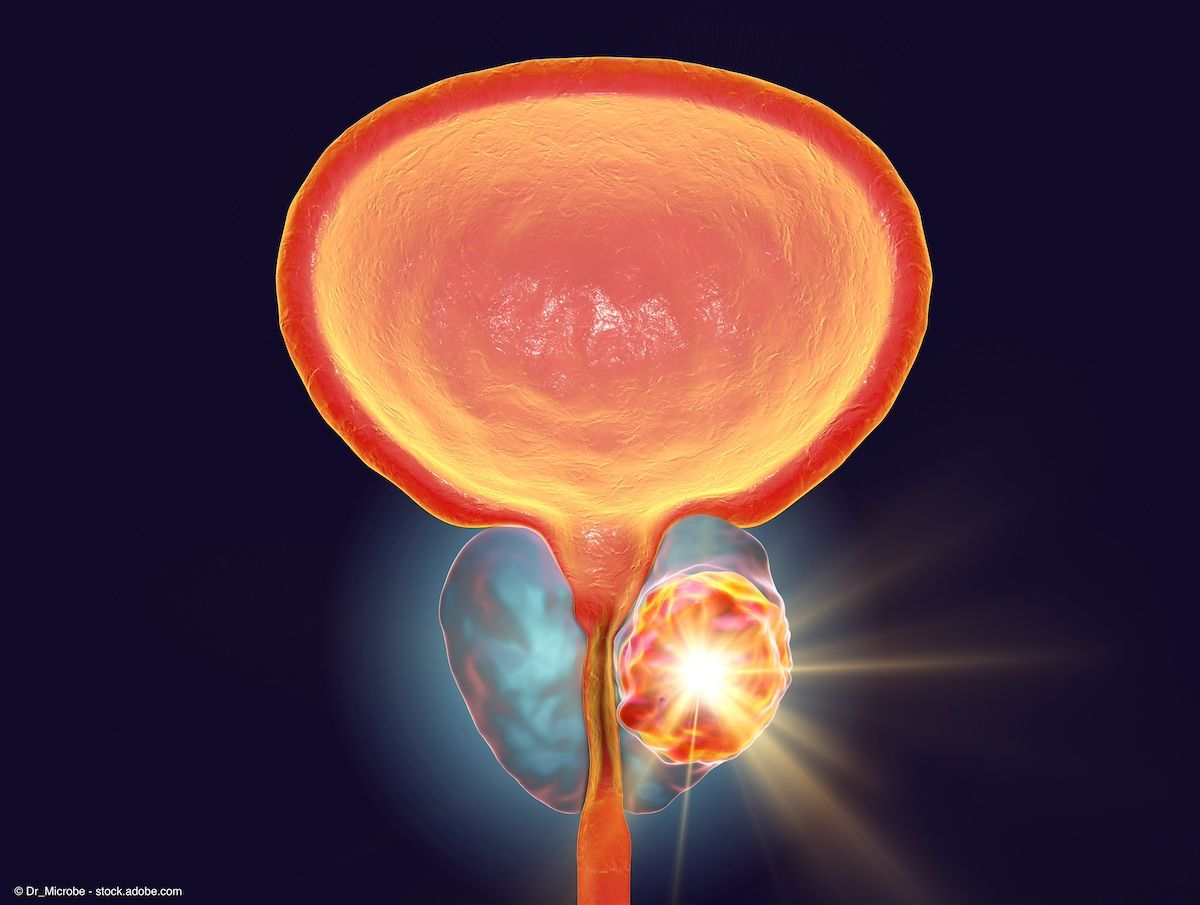News
Video
Soumyajit Roy, MS, MBBS: The effect of prostate cancer patient history in RAPTOR
Author(s):
Findings from RAPTOR suggest 5-year biochemical recurrence may be a good indication of prostate cancer cure status.
Biochemical recurrence within 5 years of treating prostate cancer with radiotherapy may be a key indicator for risk of distant metastasis and cancer-specific mortality, according to new findings from a pooled analysis.
A meta-analysis of 13,000-plus patients from 21 randomized, controlled trials presented at the American Society for Radiation Oncology (ASTRO) 2024 Annual Meeting in Washington, DC, this week, showed that only 3% and 1% of patients who avoided biochemical recurrence within 5 years of prostate cancer radiotherapy experienced distant metastasis and cancer-specific mortality at 10 years, respectively—suggesting a curative progression with this trend.
However, the data also showed patients who did experience 5-year biochemical recurrence were far more likely to experience 10-year distant metastasis (40%) and cancer-specific mortality (30%)—trends consistent with aggressive prostate cancer. The findings may help to interpret the role of natural history of disease beyond the 5-year mark after radiotherapy for prostate cancer.
In an interview with Urology Times during ASTRO 2024, study author Soumyijat Roy, MS, MBBS, of the Rush University Medical Center, discussed the impact of the findings—particularly at a time when clinicians may use 5-year prostate-specific antigen (PSA) blood tests as a barometer for prostate cancer cure status.
“Often at that time, the frequency of follow-up goes down,” Roy said. “Patients sometimes get lost to follow-up. So, what happens in those patients who are "cured" at 5 years, we don't know. And similarly...did something else happened to them? Did they grow the disease somewhere else other than prostate, or did they die from their prostate cancer? These are things which are very unclear.”
These new data could use 5-year biochemical recurrence status as a true barometer for that cured status, Roy said. However, there may need to be more extensive follow-up on these outcomes.
“We could categorically say that...our clinical presumption that if the patient doesn't recur by 5 years biochemically that patient is cured, is probably true,” Roy said. “Although, I would still say that 12 years might not be even the optimum follow-up. We need even longer follow-up, but hopefully future data will have more clarity. But so far, this is the best evidence talking about natural history of prostate cancer after likely cure versus recurrence.”
References
- Roy S, Romero T, Roach M, Michalski JM, et al. Natural History after Likely Cure vs. Recurrence vs. after ProsTate RadiOtheRapy (RAPTOR): A Pooled Analysis of More than 13000 Patients from 21 Randomized Controlled Trials. Poster presented at: American Society for Radiation Oncology (ASTRO) 2024 Annual Meeting. Washington, DC. September 29 – October 2, 2024.
- Clarke H. BCR within 5 years is prognostic for metastasis, prostate cancer-specific mortality. Urology Times. Published October 1, 2024. https://www.urologytimes.com/view/bcr-within-5-years-is-prognostic-for-metastasis-prostate-cancer-specific-mortality
Newsletter
Stay current with the latest urology news and practice-changing insights — sign up now for the essential updates every urologist needs.













